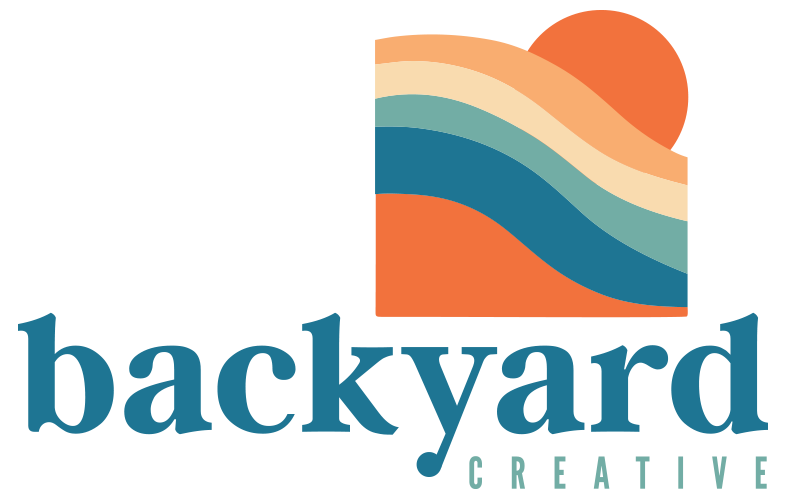How to Create a Moodboard with Canva + Pinterest
A moodboard is an arrangement of images, materials, pieces of text intended to evoke or project a particular style or concept. When preparing for your website build (or another creative project) it can be really helpful to take the time to prepare a moodboard to gather ideas, collaborate on a project, and communicate with your team in a visual way. Here's how to create a moodboard using two free online tools - Pinterest and Canva.
01 | Set up your Inspiration Board in Pinterest
Login to Pinterest
Navigate to your profile
Select "Create Board"
Name your board
Select "Secret" and click "Create"
Make a list of things you want to search that relate to your business (e.g. “fresh colour palette”, “decor trends 2021”, “vintage logos”)
Enter search term in the search bar (I'm looking for 'colour palette')
Refine your search (I'm refining it to 'green')
You can do this by clicking on one of the suggested searches that come up underneath the main search bar.
When I click on 'Green', a new bunch of search results come up that only relate to 'Green' + 'Colour Palette'.
Click on one of the search results that catches your eye
If you like it, save it by clicking "Save"
Edit the description. This is important because we want to remember WHY we chose to save the pin in the first place. Underneath each pin, before you save it, is an area where you add or edit text. Click on the little pencil icon and edit your text. Highlight what it is you like about the pin, how you think it will work for your business. Also note things you don't necessarily like.
Choose the board you want to save it to
You can do this by scrolling down, or by typing in the name of your board.
Now you can either close that pin by clicking the 'x' in the top right corner, OR you can scroll right by clicking on the ">" on the right of the page, OR you can search related pins which gather underneath the pin you've just been viewing.
02 | Evaluate and Tidy Up Your Board
Go and have a look at your board by navigating up to your profile. Click on your user profile, look for your new secret board and click on the title. At this point you can go in and delete any pins you feel don't match, and you can edit the titles.
03 | Design a Moodboard in Canva
Go to Canva.
Login or sign up.
Select 'Create a Design'
Select 'A4’
Navigate to 'Elements' on the left hand side of your screen
Then select 'Grids'
Scroll down until you find a grid that looks something like this
04 | Switch back to Pinterest + Save Images
Create a folder on your computer labelled 'My Business Inspiration'
Go through the images on your board that you feel deserve to make it to the moodboard stage and save them to your folder by right clicking and 'save as'.
05 | Switch back to Canva to Upload Images
On the bottom left of your screen, click on 'Uploads'
Select 'Upload your own images', select the folder you've just made, and upload approximately 10 images.
Click and drag the image from the left-hand panel and place it where you want the image to be on the grid.
You can arrange the image within each grid section by double clikcing on it, and enlarging it or moving it up or down, left or right.
Do this for all your images, arranging them as you think works best.
Give it a title
Click 'Download' and select 'Download as PNG' and 'Download' again
Go and have a look in your 'Download' folder and save the file to where you want it to be.
06 | An Important Note on Copyright
This probably goes without saying, but I'm going to say it anyway. This blog post is all about inspiration, idea gathering and learning. All the images, logos and designs you pin onto your business board still belong to someone else. They belong to the photographer, or the graphic designer, or the web designer who made them. It's okay to use them as inspiration in your private capacity as a point of inspiration for your own designs, but its never okay to claim them as your own, to copy them directly, or to ask anyone else to make a copy of them. If you do, you'll land yourself in hot water sooner or later.

